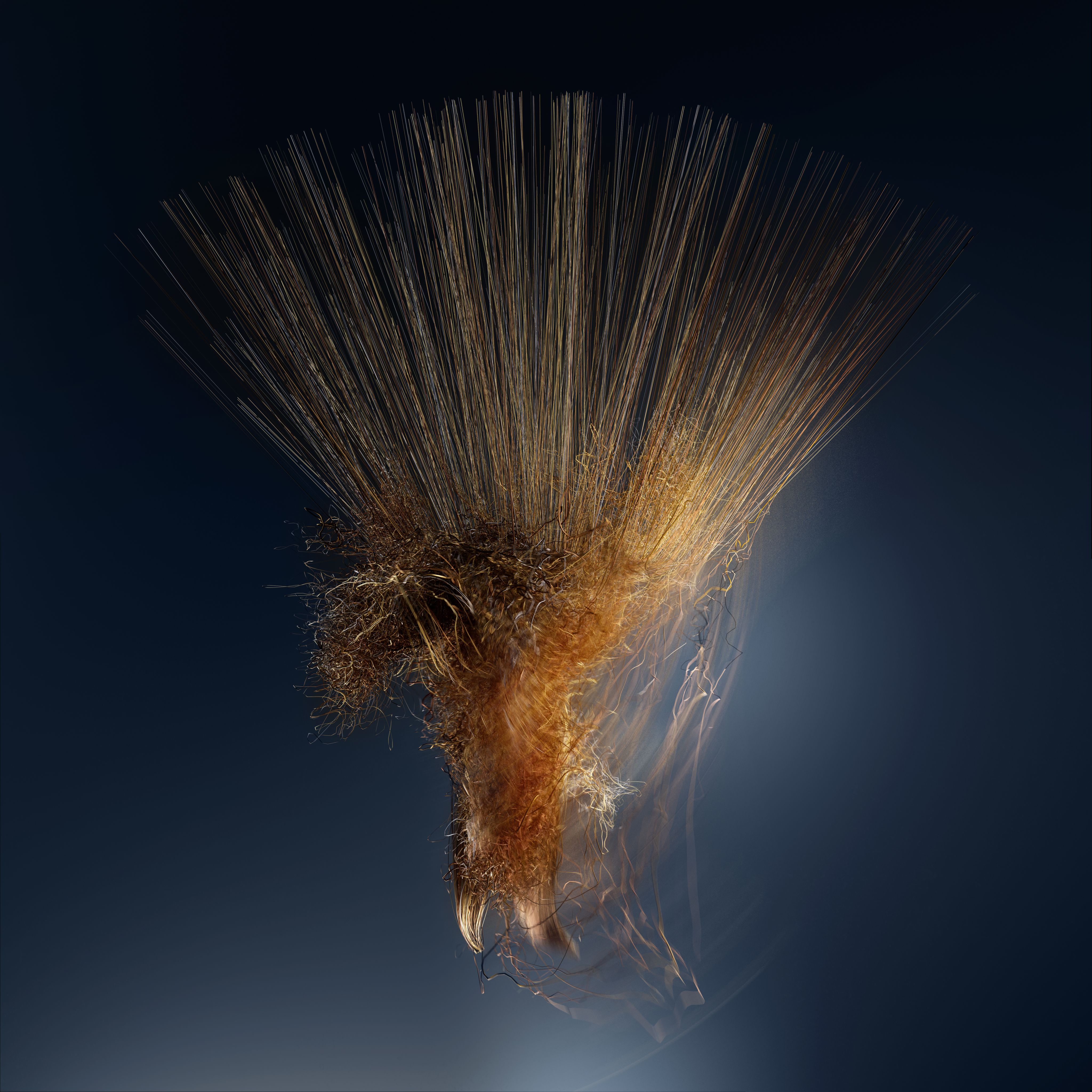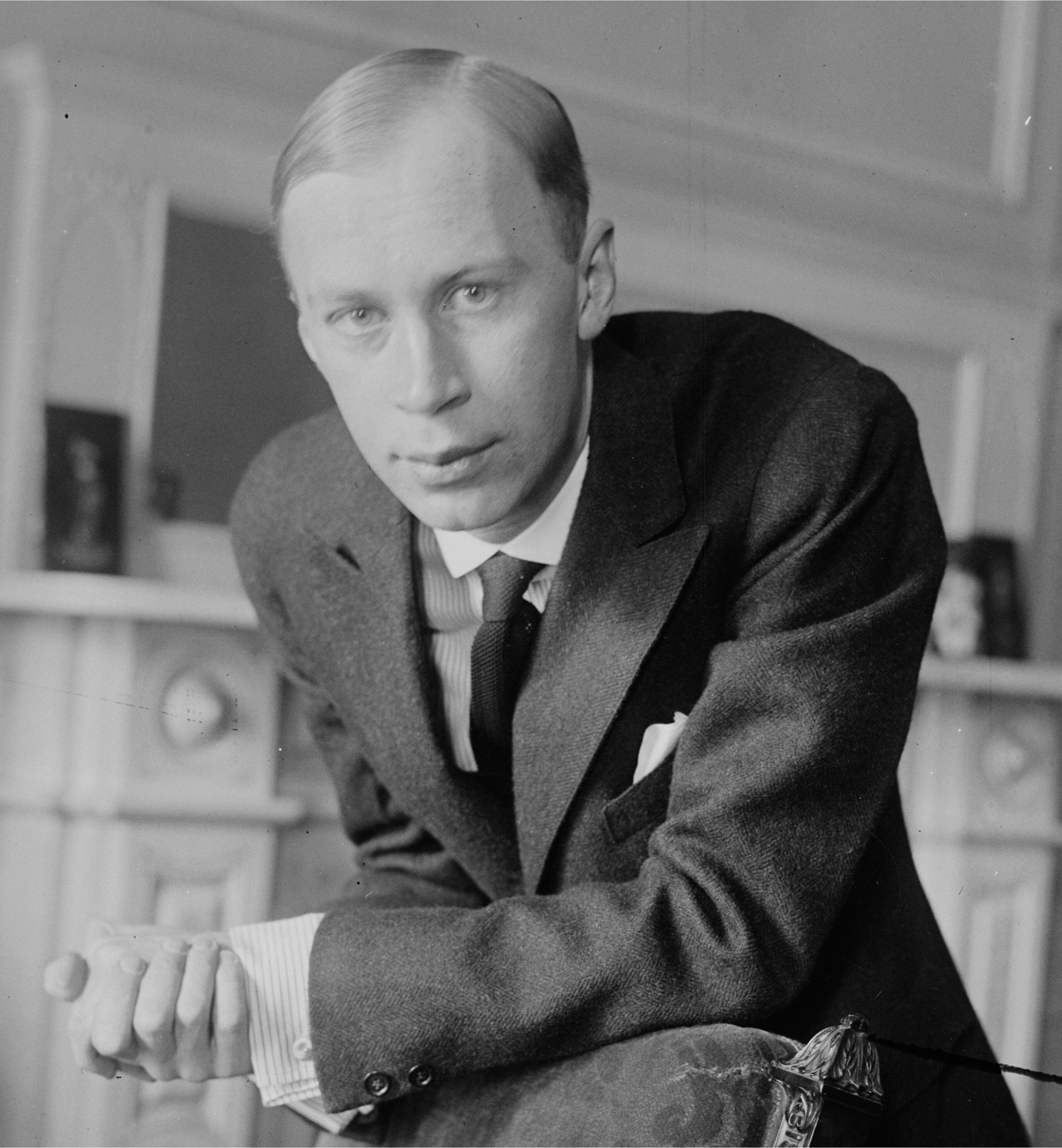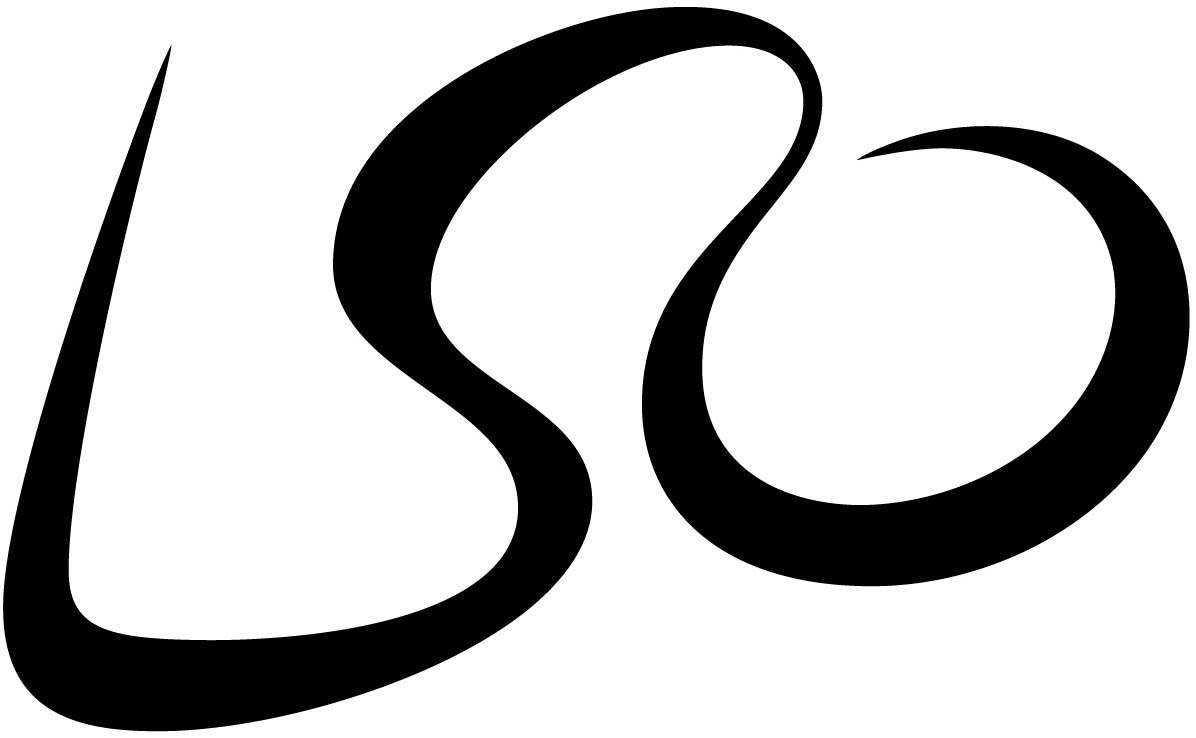Symphony No 7
Sergei Prokofiev
✒️ 1951–1952 | ⏰ 30 mins

What's the story?
Prokofiev’s Seventh and final symphony came at a time of insecurity, despair and ill health for the composer. The late 1940s had been a distressing period for Russian artists. In February 1948, the Central Committee of the Communist Party issued a decree that denounced composers following what was deemed a ‘formalist’, anti-popular trend. Near the top of the list was Prokofiev. (Dmitri Shostakovich was named the chief culprit.) They were seen to be peddling ‘anti-democratic tendencies … alien to the Soviet people and to its artistic tastes’. Their dissonant, chaotic music was ‘redolent of the contemporary modernistic, bourgeois music of Europe and America’. Prokofiev was effectively blacklisted. His first wife, Lina, a Spanish singer, was arrested and spent eight years in labour camps. His income dwindled and his health suffered for the last five years of his life.
Why is this piece so iconic?
The Seventh Symphony was Prokofiev’s last major work. Perhaps with an eye to it receiving official acceptance, he claimed it was going to be ‘a symphony for children’. The Communist Party newspaper Pravda reported with glowing approval that the work was able to ‘satisfy the aesthetic demands of the artistic tastes of the Soviet people’. As with many public announcements made by composers in Stalin’s era, words could mask the truth. This said, it’s also true that, even before returning to Russia in 1936, Prokofiev was purposefully seeking out a more melodic, less complex musical style. Were the clear structure and accessible melodies of the Seventh Symphony a sign of the ever-adaptable Prokofiev carefully writing within the confines of official artistic policy, or did this happen to be what he wanted to write?
What is the music like?
The first movement opens with a dark, stirring violin theme in the strings, with potential for anguish, but it is soon lifted by a quicker running accompaniment. Then comes a brighter theme with a broad sweep. This will return near the end of the finale, but for now it is interrupted by a crisp but delicate balletic theme with a ticktock accompaniment complete with a tinkling celeste. Most of the movement is based on these three themes.
The second movement opens with a hint of Romantic wistfulness, before finding its feet in a gently spinning waltz, which undergoes a range of moods, including nonchalant and coy, but also festive. There’s some good-humoured rasping of trombone and tuba before the music spins to a sizzling conclusion.
The most tenderly lyrical movement of the symphony is the third, which begins with strings and winds in exchange as they continue each other’s sentences. Solo winds – bassoon, then clarinet, then oboe – begin a middle section, equally lyrical at first, though a more rhythmic accompaniment suggests a march, which then takes on various moods.
The finale is an extrovert romp, its bright colouring and quick cuts suggesting a silent-movie accompaniment. The broad sweeping tune from the first movement makes a surprise entrance. The end is characterised both by childlike tinkling glockenspiel and an impression of time ticking away to a gentle but inevitable end.
Sergei Prokofiev
Born: Ukraine, 1891
Died: Moscow, Russia, 1953
'He brought to the harsh, cruel and anxiety-ridden 20th century the joy and light that the times so often lacked.'
An enfant terrible, Sergei Prokofiev entered the St Petersburg Conservatory aged 13, creating a stir with his early taste for rhythmic energy and grating dissonance. A rich period around the time of the 1917 Revolution brought the First Violin Concerto and his First Symphony (nicknamed ‘Classical’), before a spell in the US, where his opera The Love for Three Oranges and the Third Piano Concerto were badly received.
He settled in Paris, the centre of the avant-garde, but moved his family back to the USSR in 1936. He may have felt overshadowed by Igor Stravinsky in Europe and by Serge Rachmaninoff in the US and he perhaps saw a chance now of becoming Russia’s foremost composer. Certainly, he was also lured by the promise of opportunities and privileges at a hazardous time for artists.
Adopting a more direct, lyrical style, Prokofiev produced the ballet Romeo and Juliet and the children’s tale Peter and the Wolf (1936), the film music for Eisenstein’s Alexander Nevsky (1938) and Ivan the Terrible (1945), and the epic opera based on Leo Tolstoy’s War and Peace (1943). Despite his compliant efforts, he was denounced by Communist officials in 1948 (‘the unfeeling essence of his music is alien to our reality’), though he had managed to placate them again by 1951, when he won the Stalin Prize. Prokofiev died on 5 March 1953, the same night as Stalin. There were no flowers at his funeral as they had all been bought to honour the departed Russian ruler.

Keep Listening
Delve deeper into the music featured in our Half Six Fix series, and find related music recommendations, with our Half Six Fix playlist.

Gianandrea Noseda
LSO Principal Guest Conductor
Watch Gianandrea Noseda on stage and there’s an unmistakable intensity to his communication. He has held positions with orchestras from Pittsburgh to Rotterdam and from Tel Aviv to Girona. Before joining the LSO family in 2016 as a Principal Guest Conductor he had built a reputation in the UK as Music Director of the BBC Philharmonic for nine years (2002–11). Born in Milan, Noseda was Music Director of the Teatro Regio in Turin for over a decade and before that had spent ten years as Principal Guest Conductor at the Mariinsky Theatre in St Petersburg. His dual experience in the two great opera traditions of Italy and Russia is unique and there is a dramatic, storytelling quality to his music-making. As he says, the challenge of a conductor is ‘to be able to keep the tension from the first note to the last’.
The London Symphony Orchestra
At the London Symphony Orchestra, we strive to inspire hearts and minds through world-leading music-making. We were established in 1904 as one of the first orchestras shaped by its musicians, and today we’re ranked among the world’s top orchestras. As Resident Orchestra at the Barbican since the Centre opened in 1982, we perform some 70 concerts here every year. We also perform over 50 concerts a year to audiences throughout the UK and worldwide, and deliver a far-reaching programme of recordings, live-streams and on-demand broadcasts. Through our world-leading learning and community programme, LSO Discovery, we’re connecting people from all walks of life to the power of great music. Our musicians are at the heart of this unique programme. In 1999 we formed our own recording label, LSO Live, which has become one of the world’s most talked-about classical labels. As a leading orchestra for film, we’ve entertained millions with classic scores for Star Wars, Indiana Jones and many more.
On Stage
Leader
Andrej Power
First Violins
Saskia Otto
Clare Duckworth
Ginette Decuyper
Laura Dixon
Maxine Kwok
William Melvin
Stefano Mengoli
Claire Parfitt
Elizabeth Pigram
Laurent Quénelle
Harriet Rayfield
Sylvain Vasseur
Caroline Frenkel
Dániel Mészöly
Magdalena Riedl *
Julia Rumley
Second Violins
Julián Gil Rodríguez
Thomas Norris
Sarah Quinn
Miya Väisänen
David Ballesteros
Matthew Gardner
Naoko Keatley
Alix Lagasse
Belinda McFarlane
Iwona Muszynska
Csilla Pogány
Andrew Pollock
Paul Robson
Erzsebet Racz
Violas
Vicki Powell
Gillianne Haddow
Anna Bastow
Thomas Beer
Germán Clavijo
Steve Doman
Julia O’Riordan
Sofia Silva Sousa
Robert Turner
Mizuho Ueyama
Regina Beukes
Elisabeth Varlow
Cellos
David Cohen
Alastair Blayden
Ève-Marie Caravassilis
Daniel Gardner
Amanda Truelove
Ghislaine McMullin
Victoria Simonsen
Anna Beryl
Louise McMonagle
Kosta Popovic *
Lavinnia Rae
Double Basses
Rodrigo Moro Martín
Patrick Laurence
Thomas Goodman
Joe Melvin
Jani Pensola
Ben Griffiths
Ruohua Li *
Evangeline Tang
Adam Wynter
Flutes
Gareth Davies
Patricia Moynihan
Piccolo
Sharon Williams
Oboes
Juliana Koch
Rosie Jenkins
Cor Anglais
Clément Noël
Clarinets
Sérgio Pires
Sonia Sielaf
Bass Clarinet
Martino Moruzzi
Bassoons
Rachel Gough
Joost Bosdijk
Horns
Diego Incertis Sánchez
Timothy Jones
Angela Barnes
Jonathan Maloney
Zachary Hayward
Trumpets
James Fountain
Adam Wright
Niall Keatley
Trombones
Matthew Gee
Jonathan Hollick
Bass Trombone
Paul Milner
Tuba
Ben Thomson
Timpani
Nigel Thomas
Percussion
Neil Percy
David Jackson
Sam Walton
Patrick King
Tom Edwards
Harp
Bryn Lewis
Piano
Elizabeth Burley
* LSO String Experience Scheme Member
Kindly supported by the Barbara Whatmore
Charitable Trust, the Idlewild Trust and
The Thriplow Charitable Trust.
Programme Notes Edward Bhesania. Edward Bhesania is a music journalist and editor who writes for The Stage, The Strad and the Guildhall School of Music & Drama.
LSO Visual Identity & Concept Design Bridge & Partners

